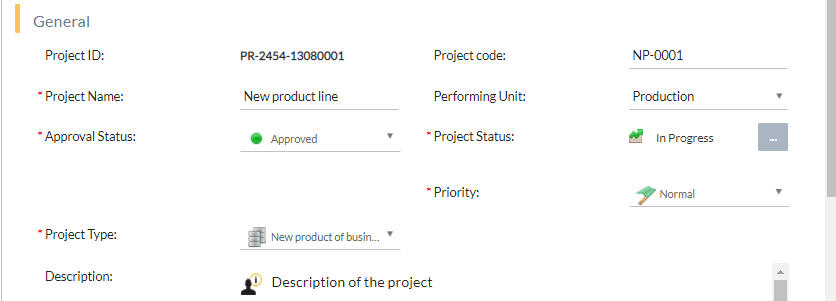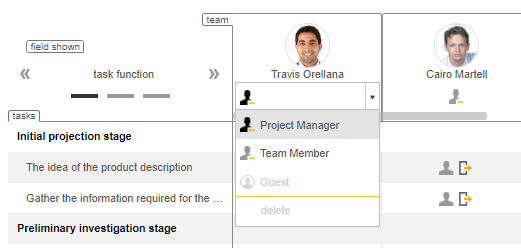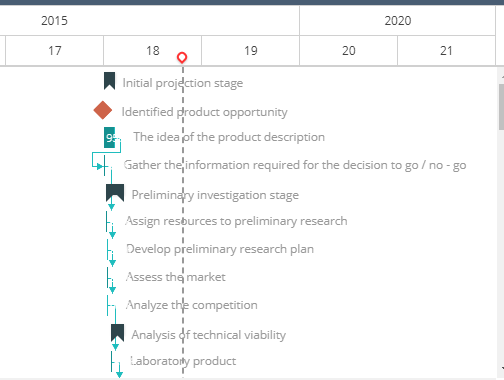The success of projects is key to any company, but even more so to those where the outturn account depends on projects. Programming, design, construction and consultancy companies and, generally-speaking, any company that undertakes projects for its clients must pay significant attention to the profitability of each project.
This article offers an analysis of the main factors influencing project profitability. This is a complicated topic and no sweeping generalizations should be made. Hence, these factors must be adapted to the specific circumstances surrounding each organization, sector and client.
1.- Define the scope
The first and major issue affecting project profitability is linked to discrepancies between what should be included or excluded from the scope of a project. Clients tend to consider a broader scope than project leaders and this difference in perception often leads to problems and conflicts that eventually affect project profitability.
Spending the necessary time to define and share the scope of a project is a key factor in project profitability.

2.- Estimate the effort
There can occasionally be little time to provide a client with a commercial offer for the project. This can lead to hasty estimations based on similarities between the project in question and others carried out in the past. As a result, the risk of mistakes is very high and should be reduced by breaking down the tasks involved and producing a bottom-up estimation to confirm that the overall estimation is in line with the work that needs to be done.
This estimate should include as much detail as possible on the profiles needed for each activity.
A good estimate will avoid project cost deviations.
3.- Plan slowly
The break-down of tasks and their estimation should be undertaken as part of careful planning of the work to be done. The organization of activities and their inter-relationships may result in the need for additional tasks or certain tasks being completed after others, which can lead to additional project costs.
Optimistic planning will mean the client has hard-to-meet expectations about the delivery date and this will eventually affect the cost.
4.- Choose the right team
The project team is a key piece of the puzzle in transforming project estimates and planning into reality, thereby meeting client expectations and maintaining the appropriate level of quality. Scrimping on resources may be more expensive in the long run. Using under-qualified personnel with no experience or little motivation may be cheaper to begin with but this can very easily become a negative factor for profitability when having to do the same work more than once, wasting time on ensuring people are clear on what needs to be done or learning how they need to do it.
High-productivity teams are capable of significantly increasing project profitability.

5.- Identify risks
All projects have some sort of risk that must be analyzed and assessed. Some risks may be unlikely while others may have a minimal impact on the project, meaning that highly significant corrective actions to counteract such risks would be unnecessary.
Those risks with the greatest exposure, i.e. those whose impact and likelihood are average or high, should be managed and may require specific actions to guarantee project profitability.
It might even be necessary to establish a safety margin in the cost to be paid by the client depending on the degree of uncertainty and the risk posed by the project.
6. Analyze profitability at the start
While considering all the aforementioned factors, project profitability should be analyzed before the project begins. It is possible that, for commercial reasons, projects with little initial profitability will sometimes need to be undertaken in the hope that the client will contract other services in the future. At any event, this fact and the level of profitability to be expected from the project should be ascertained.
Only by ascertaining the expected profitability will we be able to manage it.
7.- Foster communication by the team and with the client
Communication within the team and communication with the client are key to project profitability.
If the team communicates quickly and smoothly, it will be possible to identify any problems in time and any confusion or misunderstanding that could ruin a project will be avoided.
Communication with the client will enable expectations to be properly managed and the client to understand and collaborate on any stumbling block that may arise.
8.- Record data and manage them
Data are key to project management. Feelings and anecdotes in management may provide a comfortable or negative sensation of progress and advancement, but only objective and recorded data will be able to provide the information needed for efficient management. Recording data may lead to conflict with the project team, the members of which tend to focus on activities they consider to be productive.
It is essential for the team to understand the importance of tracking information and undertaking data entry on a regular basis and without unnecessary effort.
9.- Track profitability at all times
Tracking project profitability is not an issue that should be left until the end, once the project has finished: it should be undertaken constantly, regularly checking project status to date and taking any necessary steps when unforeseen deviations or circumstances are identified.
If they are identified quickly and a timely response is given, we will be able to correct any problems and return to maximum profitability.
10.- Project deviations
Small deviations at the start of a project tend not to be considered seriously in the hope that the project will get back on track as time goes by. However, recovery from such initial deviations is usually a very complex task that is hard to achieve.
Furthermore, these deviations are often the symptom of a larger problem, meaning it is important to project them into the future and gain a clear picture of the situation.
The Earned Value technique is a very useful tool for making project status projections.
11.- Learn from mistakes and successes
If we properly record the most relevant data from our projects, we will be able to analyze what really happened and what the specific factors were that meant certain projects achieved greater profitability than others.
We should learn from both our mistakes and our successes, being able to identify those we should correct and improve upon as well as those we can repeat and encourage.
12.- Use the right tools
For all these reasons, it is important to use the right tools (without generating a high cost for the project) that will enable swift and efficient project management, help estimate and plan, record and analyze data, and allow the team to work comfortably from anywhere.










